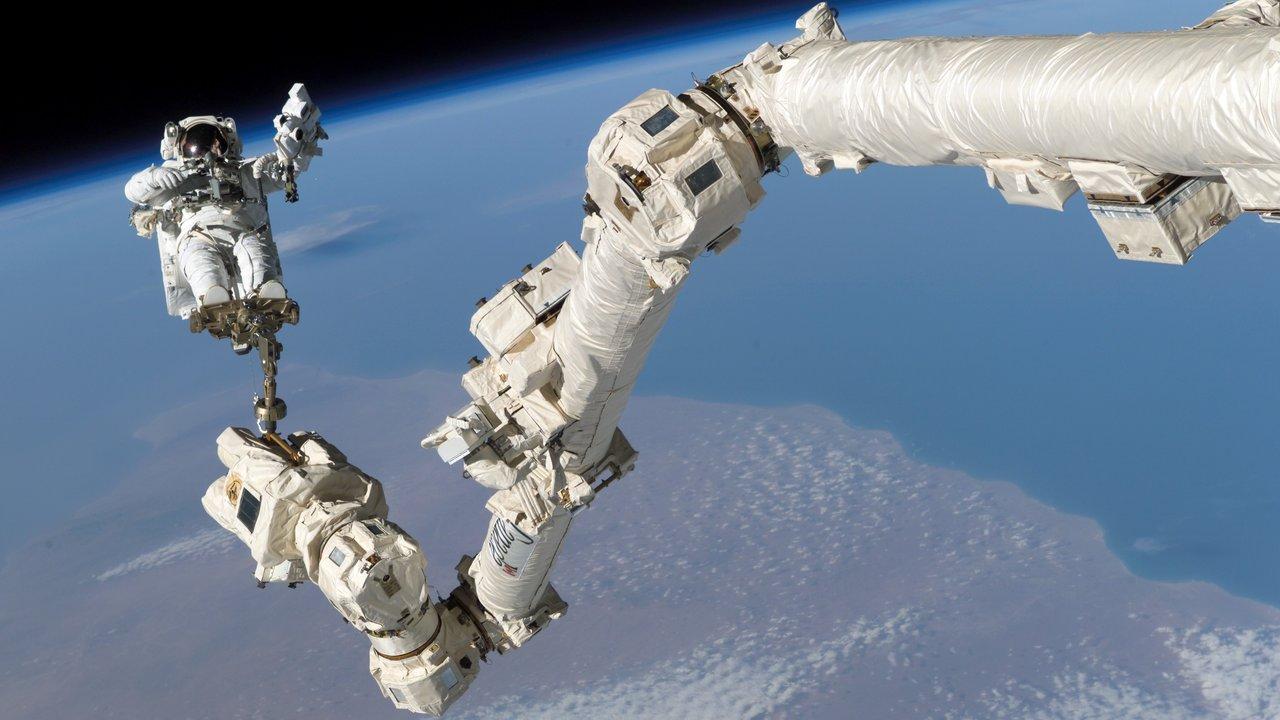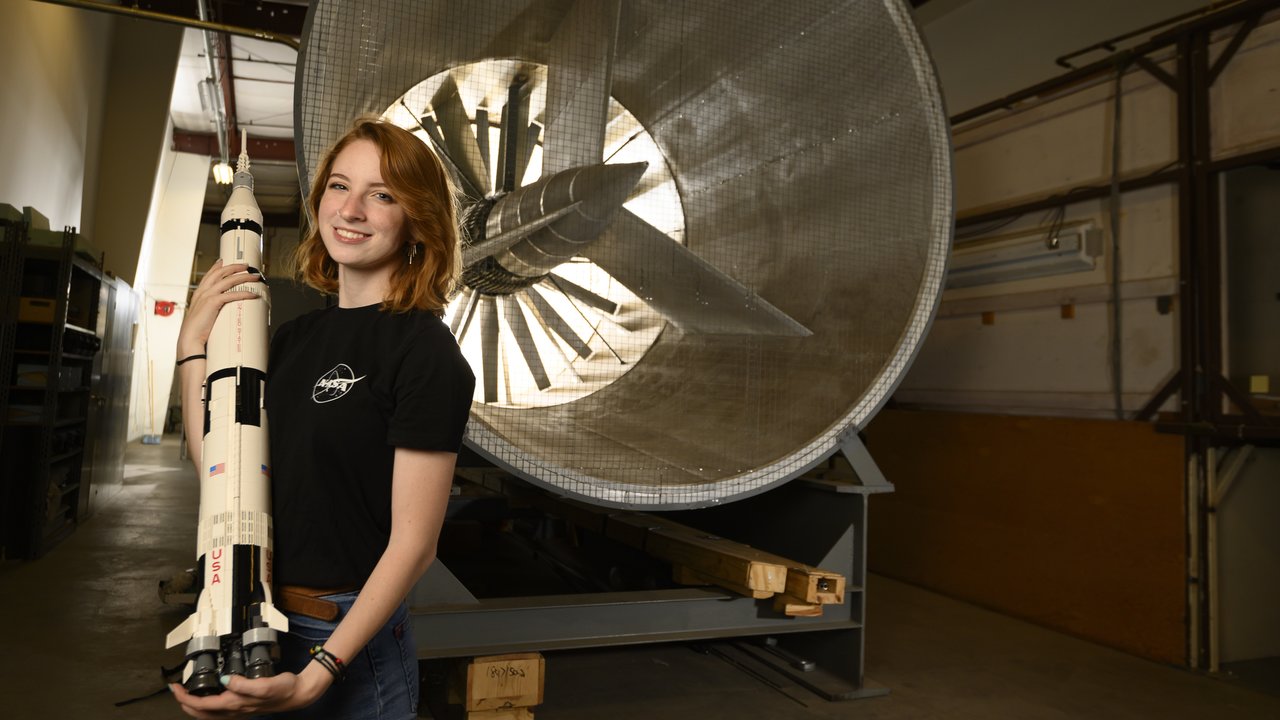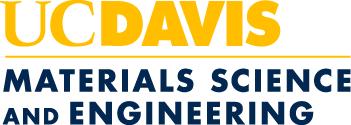
Space Engineering at UC Davis
If space is the final frontier, UC Davis is taking giant leaps to reach it. With expertise in human-machine cooperation, control systems and materials under extreme conditions, the university aims to make itself a rising star in space engineering and play a crucial role in the next generation of space exploration.
“We humans are just taking baby steps in the space world,” said mechanical and aerospace engineering (MAE) professor Stephen K. Robinson, a former astronaut and alumnus. “Research is the enabler for moving beyond the baby steps. That’s why we’re so passionate about it.”
Engineering for space requires collaboration at every step. Researchers work with neuroscientists, medical doctors, psychologists, computer scientists, physiologists and other engineers to design the tools that then need to work in sync with humans to keep missions afloat and people alive in the solar system’s most uninhabitable places.
“The notion of working together is ingrained in the philosophy of UC Davis,” said MAE professor Sanjay Joshi. “In space engineering, nothing is completely independent—all of the subsystems of the spacecraft have to be designed concurrently, so you have to work in interdisciplinary groups to solve problems.”
The best example of this is the recently-formed HOME Habitats Optimized for Missions of Exploration (HOME) Space Technology Research Institute, a NASA-funded multi-institution project to develop technology for human habitats in deep space.
The institute began as a collaboration in the MAE department, when Robinson recruited his faculty colleagues Joshi, Zhaodan Kong, Bahram Ravani and Xinfan Lin. From there, the team recruited collaborators from across the country and hammered out the proposal, which NASA awarded $15 million.
“There are two important problems that you need to solve,” explained Kong. “When there are no humans in the habitat, how can we make the habitat intelligent enough to sustain itself? And when there are humans, how can we make them and the habitat, enabled by artificial intelligence (AI) and automation, work together?”
Human-Machine Teamwork
Robinson’s Human/Robotics/Vehicles Integration Performance Lab (HVRIP) works on projects ranging from human-machine collaboration to small satellites to atmospheric entry vehicles to get people to work seamlessly with engineering systems, and with each other. He builds collaboration into the lab by forming teams of graduate and undergraduate researchers for every project.
One example is a small device that fits atop any NASA helmet that reads and displays radiation information for astronauts to protect them from hazardous radiation in space. The device, Robinson’s contribution to NASA’s $5.5 million Radiation Effects on Volatiles and Exploration of Asteroids and Lunar Surfaces (REVEALS) project led by Georgia Tech, will be tested at NASA’s underwater training facility at the Johnson Space Center in Houston later this year.
Another is a space ambulance—a repurposed Air Force unmanned spacecraft that fits a pilot, a medic and a patient. The ambulance can leave the International Space Station, survive atmospheric entry and land like an aircraft at any regulation airport to get the patient the care they need.
“This kind of thing has never existed and I think it should exist,” he said. “Much of what we’re interested in has never been done before, so by definition, they’re research projects.”
The HOME Institute’s mission plays into Robinson’s philosophy and Zhaodan Kong’s interest in cyber-human-physical systems—systems featuring cooperation between software, hardware and humans. His lab combines motion-capture cameras, EEG headsets and gaze-tracking glasses to develop a system that “reads” humans to figure out how much it should do to keep a habitat properly functioning.
“If a human is distracted or tired, we can either alert them or allocate some more of the tasks to the AIs,” he explained.
Controlling Spacecraft
Human-machine cooperation goes both ways, so making spacecraft easier for humans to control is equally important. Robinson and Joshi work with 10 cm³ satellites known as CubeSats, which are popular because they can be launched into orbit as cargo and deployed directly from space.
Robinson focuses on building CubeSats that can search for defects or leaks and monitor existing problems, which is critical to the integrity of the craft and the safety of the crew. These satellites make inspection easier, faster and safer, as it puts fewer astronauts in harm’s way on spacewalks.
Though their size makes CubeSats much less expensive than traditional satellites, miniaturizing and controlling the technology aboard can be challenging. Joshi, a former NASA Jet Propulsion Laboratory employee, tackles this with research on spacecraft control systems.
“The major challenge is how to point a spacecraft very accurately in the presence of disturbances while using different sensors that might have varying degrees of accuracy,” he said.

Aerospace engineering major Audrey Chamberlin '22 in front of a wind tunnel for aerospace testing. Photo: Joe Lapp/UC Davis.
Materials for Space
In space, conditions include extreme heat and cold, high radiation and charged plasma. It’s therefore important to discover or synthesize materials and build structures that can withstand these extreme environments to keep astronauts safe.
Materials science and engineering assistant professor Scott McCormack works on the ground level of this process. His lab develops or analyzes materials, studies their atomic structure and properties and tests them using computer models. He’ll send the space-ready materials to a mechanical or aerospace engineer, who will try to build structures with it.
“Mankind has this desire for extreme speed and energy and that’s where you need materials systems we don’t currently have to achieve this,” he said.
MAE professor Valeria La Saponara focuses on shielding humans from radiation as a co-investigator on the REVEALS project. Her role is developing safe, recyclable, non-toxic and non-melting materials that can be 3D-printed in space.
“You might be able to make a material, but can you monitor damage? Can you maintain it? Can you do multiple things with it? I try to look at these different aspects,” she said.
That might seem like a tall order, but polyethylene, the material used to make trash bags, largely fits the bill. Because the material does not have good mechanical properties and, as insulator, cannot protect against plasma charges, the team uses electrically conductive nanomaterials to develop polyethylene-based nanocomposites that are safer, stronger and radiation-resistant.
“Essentially, we’re using the stiffer version of a trash bag to protect people in space,” she said.
Groundwork for success
The diversity of research at UC Davis leads to an excellent track record of graduates in the space industry. Matt Sorgenfrei ’13,an alumnus from Joshi’s lab, was a catalyst in creating NASA Ames Research Center’s CubeSat test bed facility, and Sarah D’Souza ’13 is a project manager there who is involved in multiple collaborations with the university. Many more have joined the industry at companies and organizations across the country.
“Every time you do something this complex, you increase technical knowledge,” said La Saponara. “It’s an exciting time to be in the space industry and a good time to be an engineer.”
For all involved, the future for space engineering at UC Davis looks bright. Funding for the HOME Institute began this September, and Robinson and Kong recently announced the establishment of the Center for Spaceflight Research. In addition, the MAE department is expanding its space engineering course offerings and plans to create a space engineering option for the department’s senior design course.
“The West Coast has traditionally had a lot of aerospace innovation and we feel like we’re continuing that tradition,” said Robinson. “UC Davis is an excellent place to develop teams and to push the boundaries of space research.”
